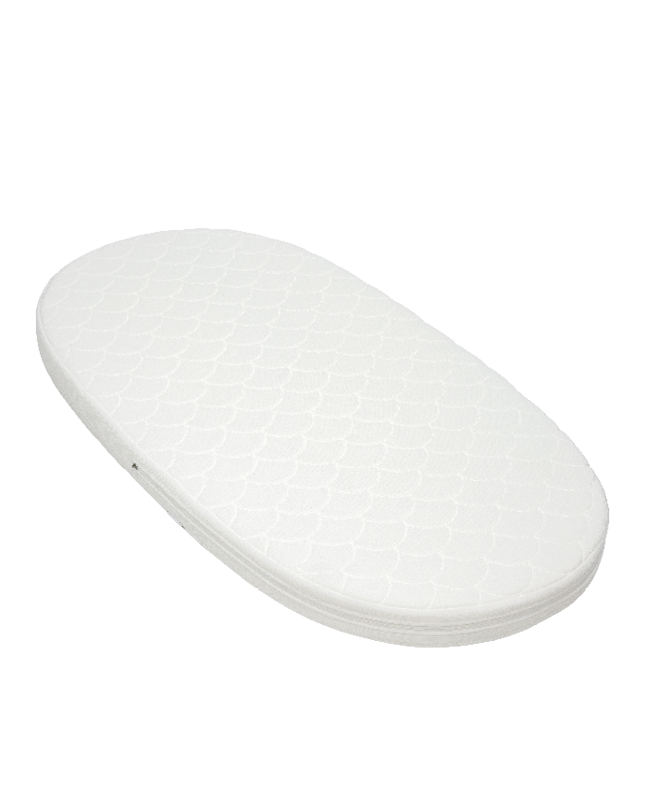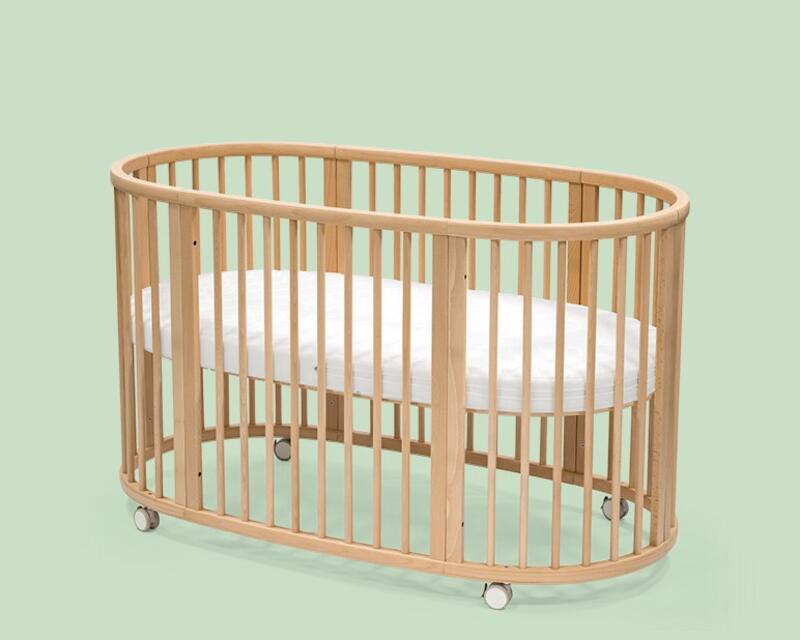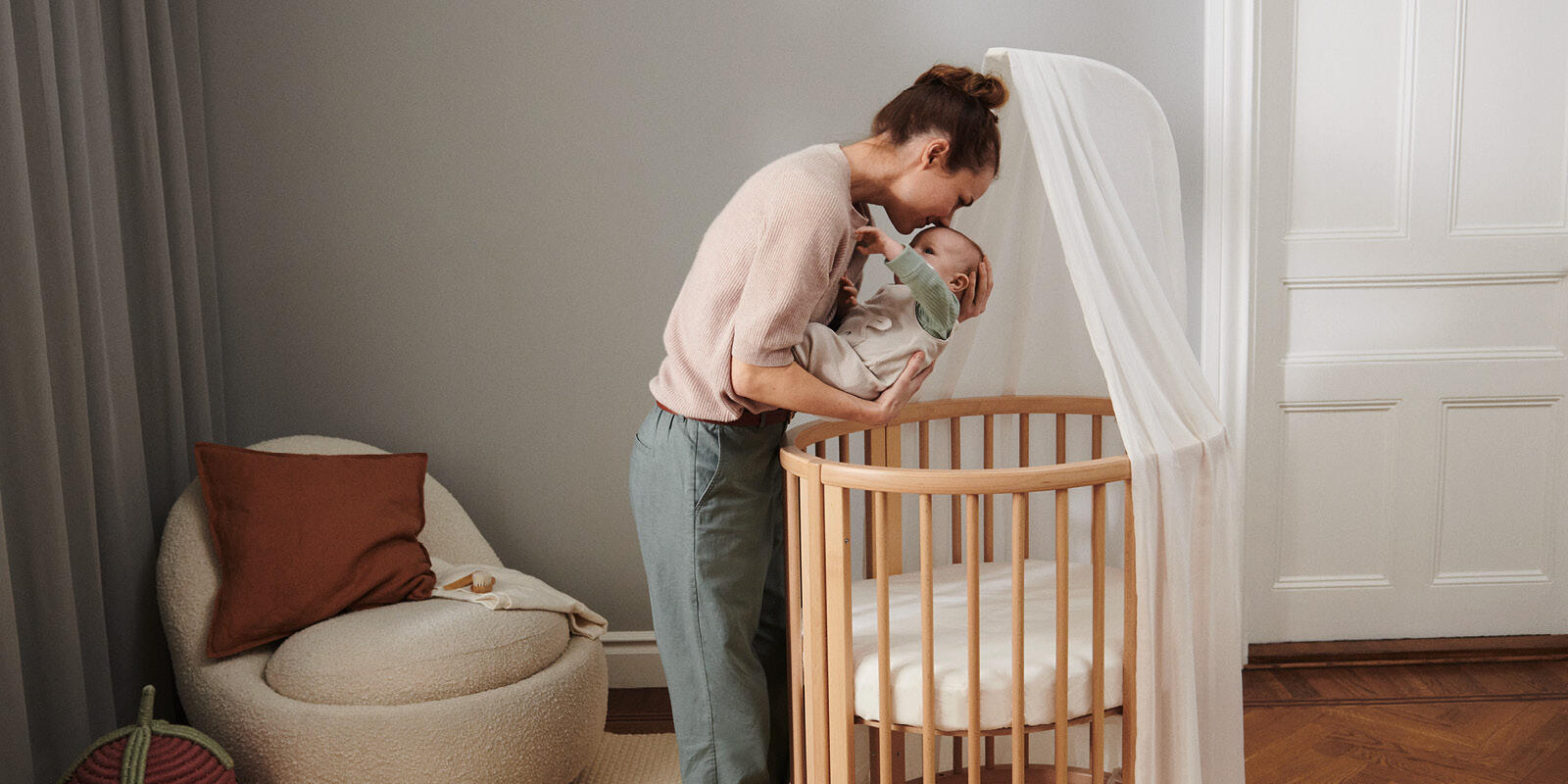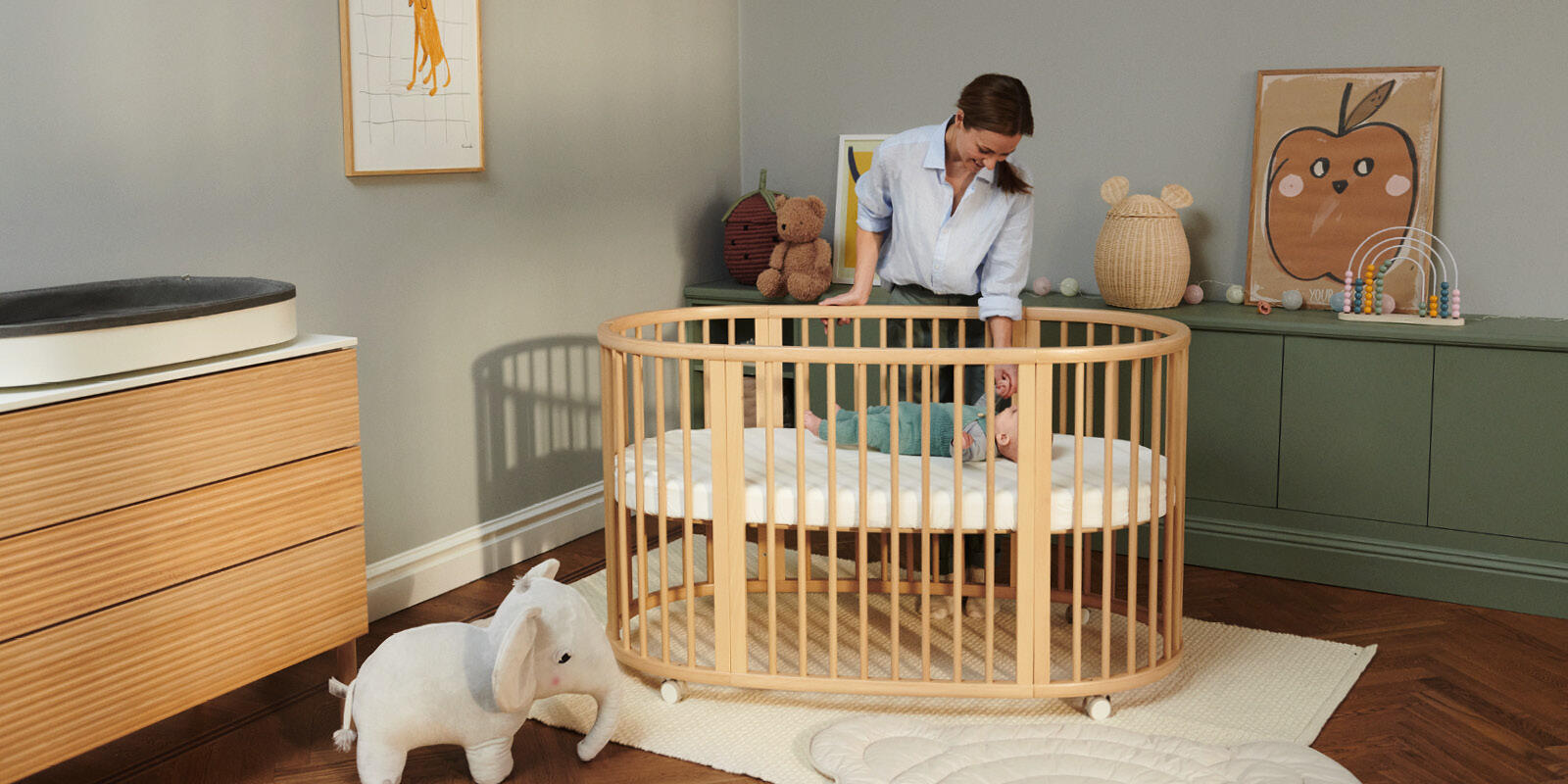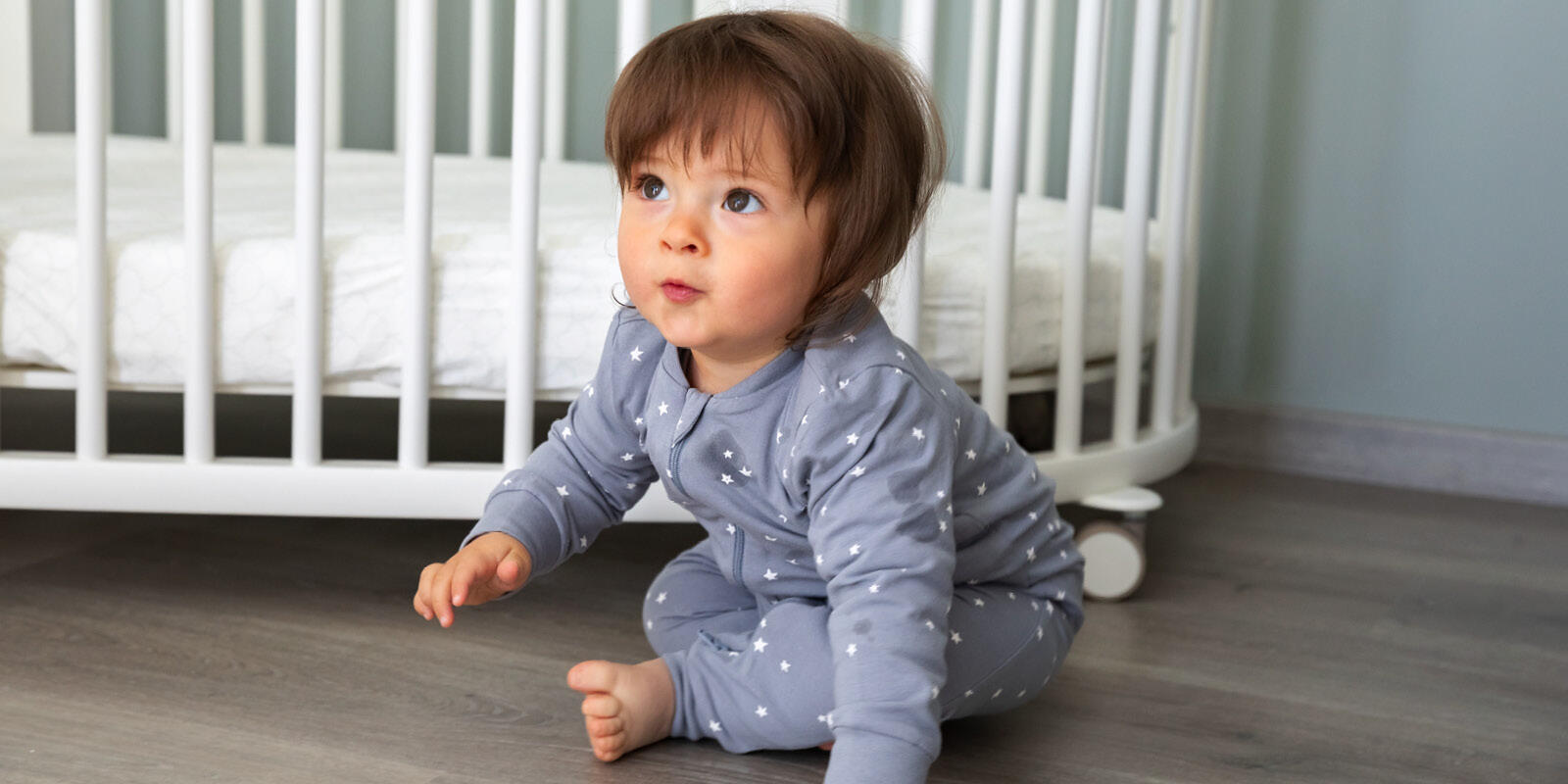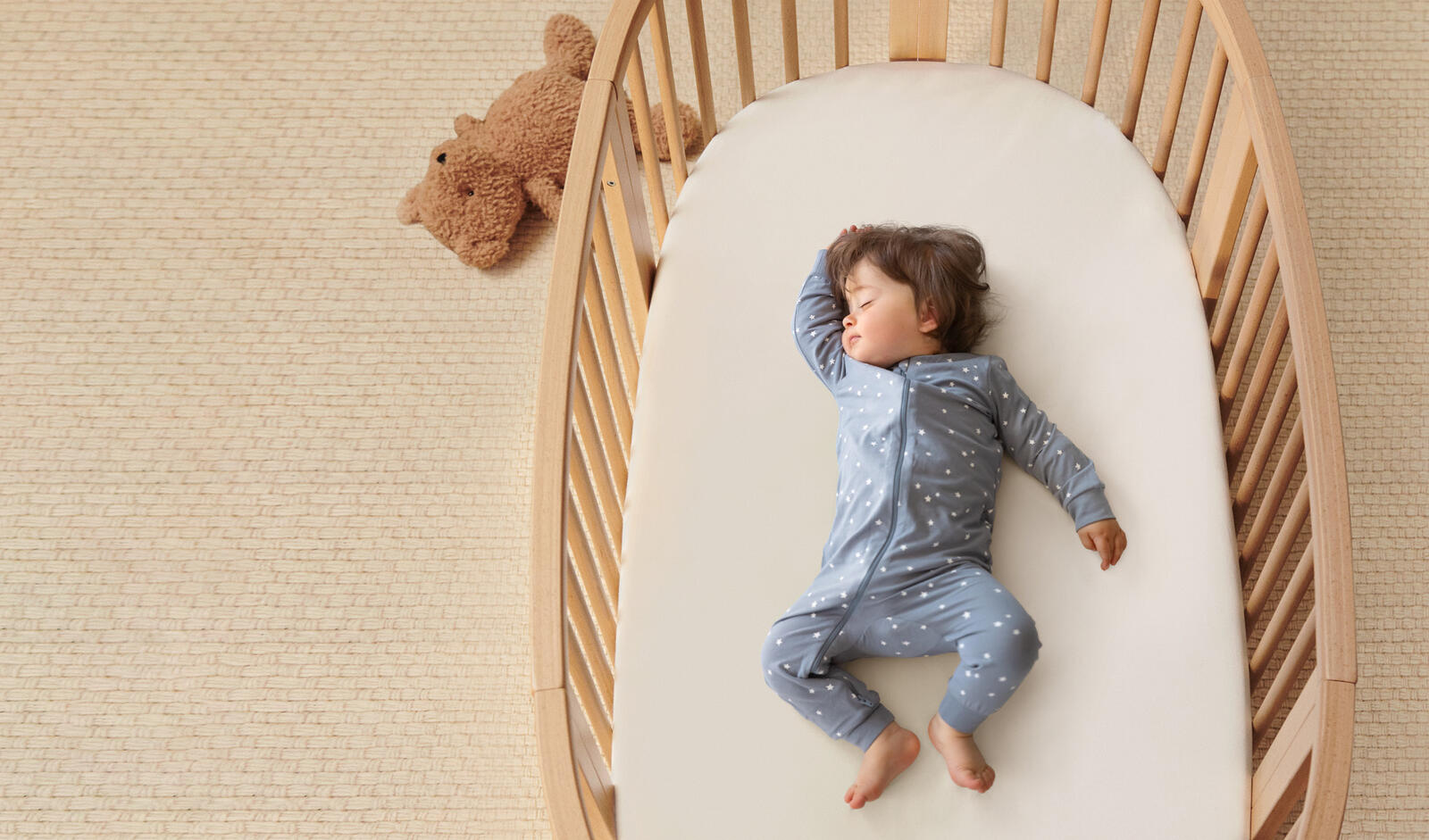
Tips for Safe & Sound Sleep
Discover more text
Sleep like a Baby
Having trouble getting your little one to sleep? You're not alone. It's a challenge many parents and caregivers face. The good news is that are experts including the American Academy of Pediatrics and Centers for Disease Control and Prevention that offer sleep advice to help settle your child and ensure a safe good night's sleep.
The right sleep environment
The safest place for your baby to sleep is in his or her own sleep environment. There should be nothing in the crib except for a mattress, a tight-fitting sheet, and the baby. Stuffed animals, crib toys, and mobiles should be removed as these may become a hazard in the night.
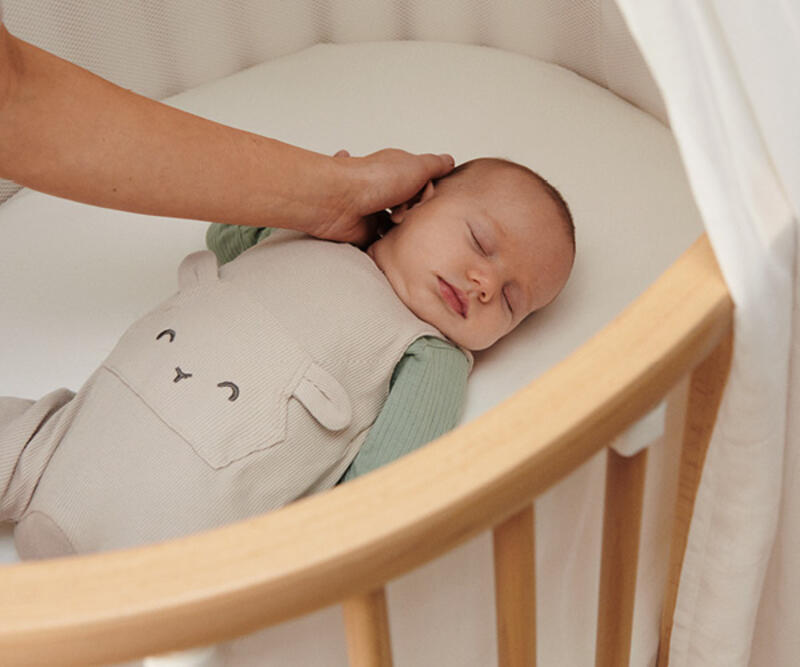
Consider room sharing for the first six months of baby's life but try to avoid bed sharing. It's fine to bring your baby into your bed for feeding or soothing. Nevertheless, it's advisable to place baby back into their own crib afterwards to ensure they and you get a proper’s night sleep and that your baby gets used to their own sleep space.
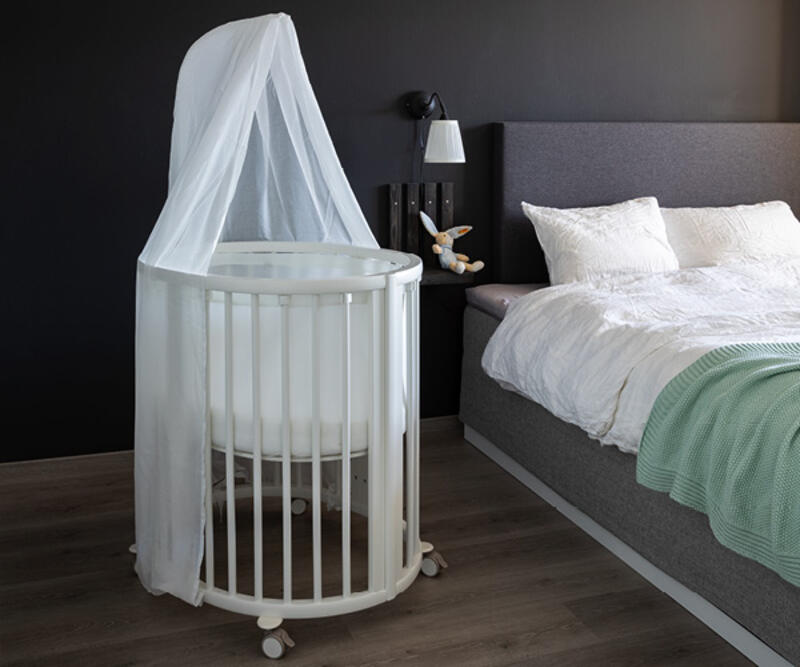
Baby's sleep position
The recommended sleep position for small babies and newborns is on their backs. Parents sometimes worry about choking when baby is placed on their back, especially if the baby has reflux or is spitting up, however, professionals agree that even in these cases, babies should be placed down to sleep on their backs. Once babies can roll over on their own, you do not need to roll them back.
Ventilation
Breathability in the crib is key. Of primary importance when purchasing a baby mattress is the selection of a breathing mattress. Most of you have surely already read about these or heard of them. But why is this the case, and what is really important here?
The combination of air-permeable mattress covers and ventilation systems in the mattress core ensure that your baby can breathe freely and does not sweat in their bed. Air channels and breathable materials cause the air within the mattress to circulate. CO2 exhaled by the baby is transported away, and unhealthy heat accumulations are avoided.
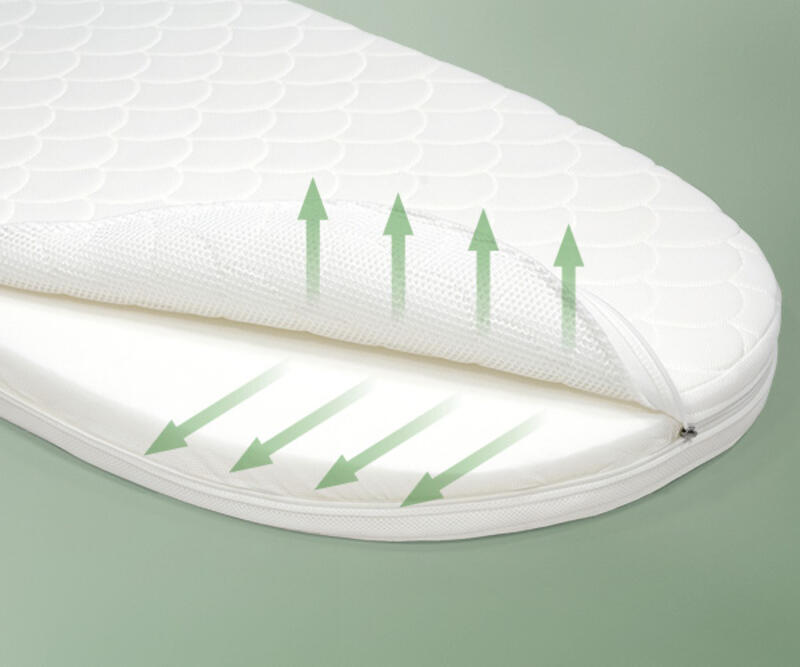
The right mattress height
Choose a crib that allows the mattress height to be adjusted. Keep it on the highest level with a newborn to make it easier for you to reach your baby. As soon as your baby can roll over, you will need to lower the mattress to ensure baby's safety, lowering it further still when your child is able to pull itself up to a standing position.
Time for a toddler bed
It's time to move onto a toddler bed once your baby can climb out of their crib, as unsupervised night-time acrobatics can be very dangerous for your child. If your child asks for a bed, you can also take this as a sign they´re ready to transition. Make the bedroom a hazard-free zone; clear the room of any toys and bookshelves that can be pulled down. Have some safe toys and books on hand so that if your child wakes up before the set time they can entertain themselves.
Challenging sleepers
It can be challenging the first few nights when your child realizes they can easily get out of bed on their own. If this happens, stay calm and consistent, repeatedly walking your child back to their own bed. By doing so, you are instilling good sleep habits, and as a result they'll sleep better in their own sleep space and be less likely to wake in the night.
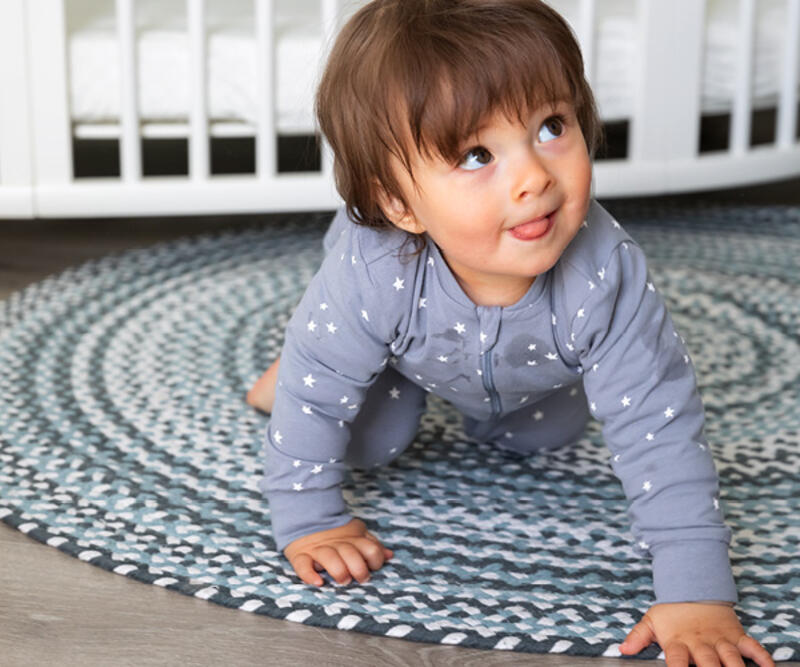
If your child is getting out of bed, don't despair. It can take hours (and several nights) but do persist; your child will soon understand this is where sleep takes place. Put on your poker face and be firm but fair, saying: “It's night-time and you belong in your bed. Goodnight and see you in the morning.” If you fuss and reprimand, your child is more likely to repeat the behavior, hoping you will get frustrated and give in. Try to avoid allowing your child to sleep in your bed with you. You need to reinforce that they have their own place to sleep.
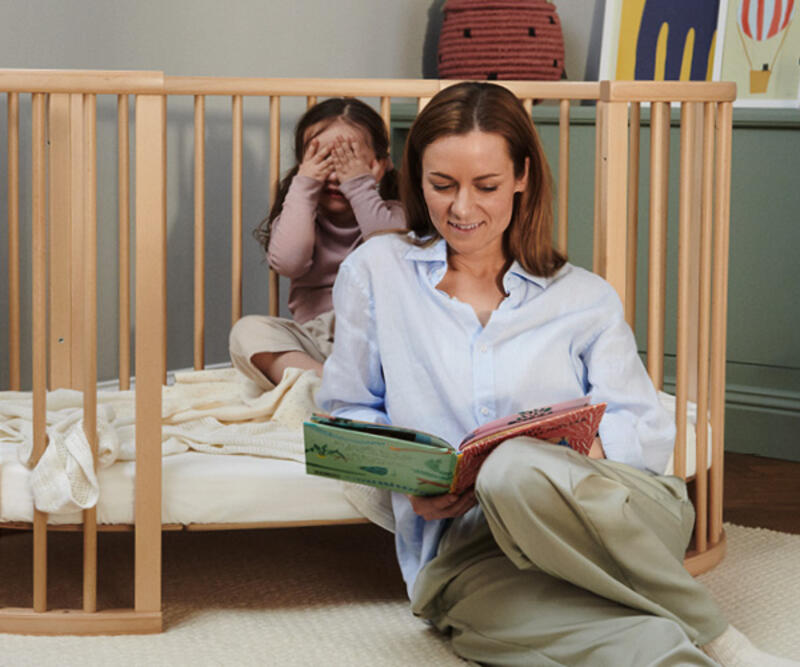
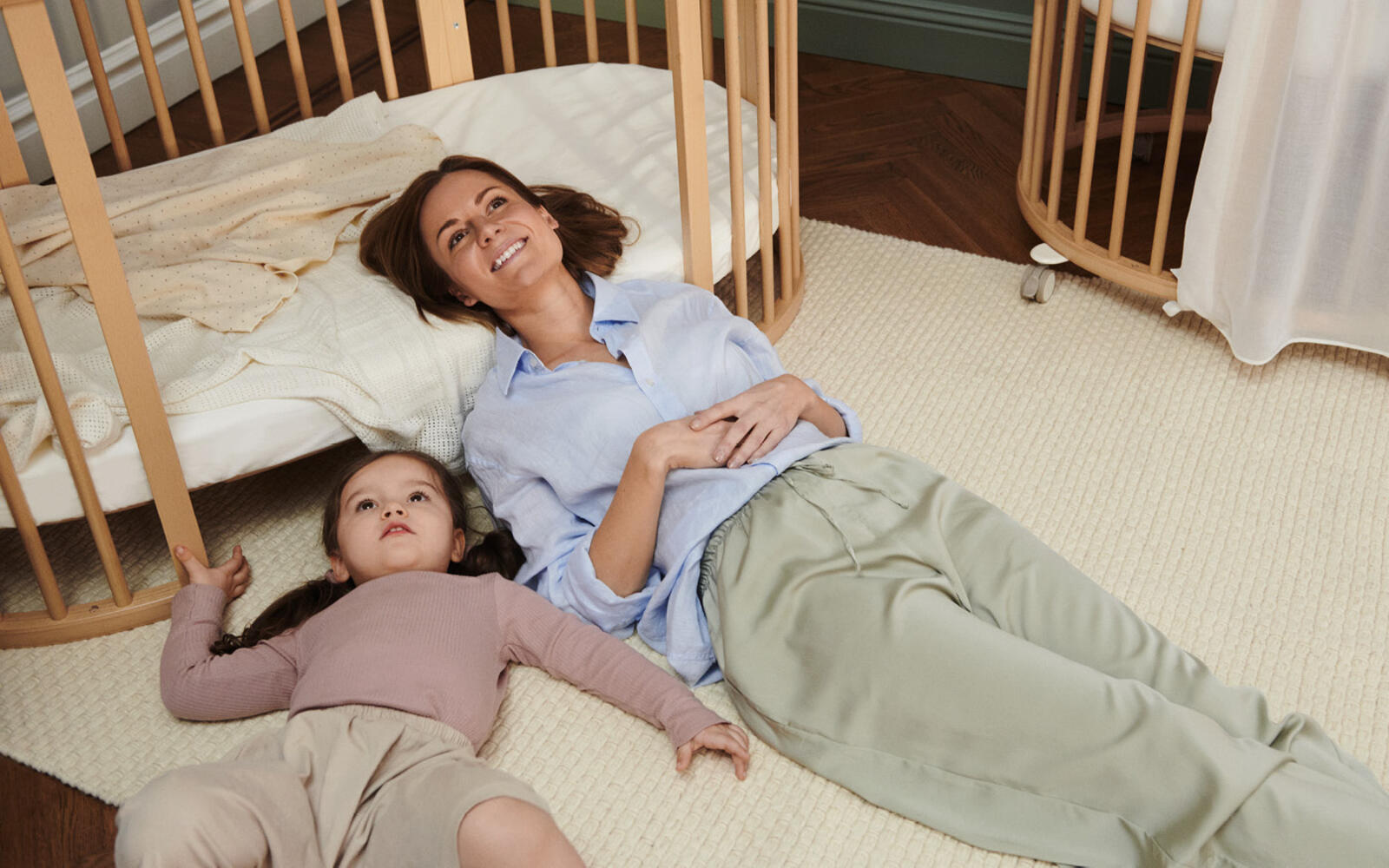
Plenty of praise
Positive reinforcement works best when it comes to sleep. Shower your child with praise for staying in bed all night – a reward chart for good sleep can also work well. Reward sleep milestones with trips out and time with the family to further reinforce this behavior.
Sources:
- https://publications.aap.org/pediatrics/article/138/5/e20162938/60309/SIDS-and-Other-Sleep-Related-Infant-Deaths-Updated?autologincheck=redirected
- https://www.cdc.gov/vitalsigns/safesleep/index.html
- https://www.traeumeland.com/EN/stories/why-is-a-ventilated-mattress-so-important
- www.healthychildren.org
